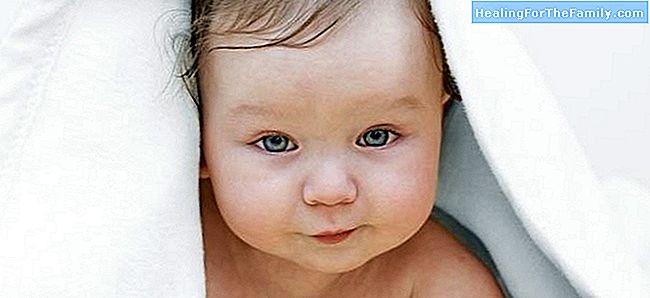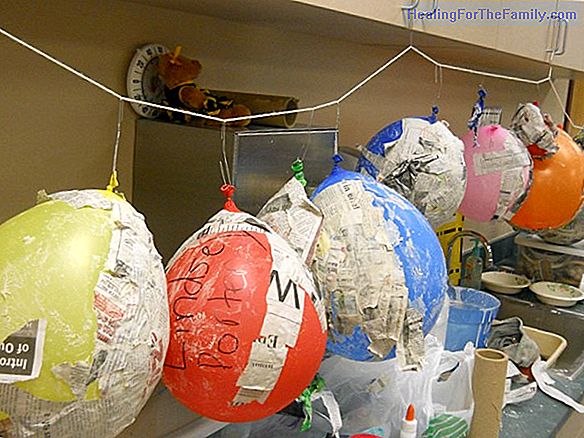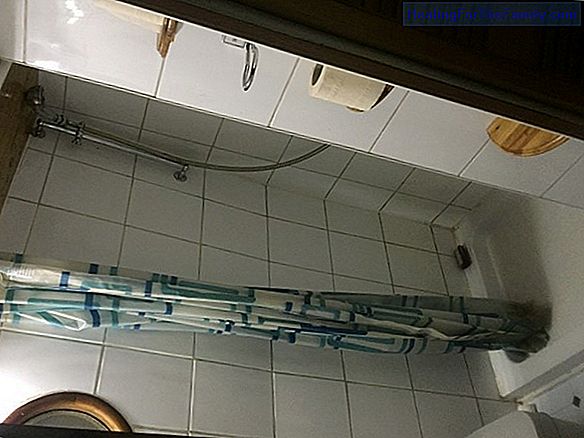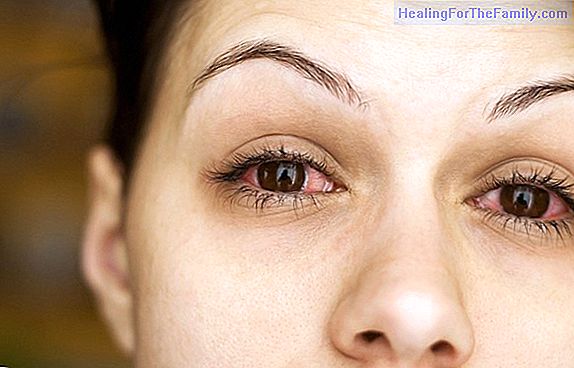Guide to identify rashes on the baby's skin
Baby's skin is very delicate, so often it shows some allergic reaction, dermatitis, eczema or granites during the first months. Depending on the type of rash that your skin shows, it will be a disease or another, learning to recognize them will be useful. These exanthematic diseases are usually char
Baby's skin is very delicate, so often it shows some allergic reaction, dermatitis, eczema or granites during the first months. Depending on the type of rash that your skin shows, it will be a disease or another, learning to recognize them will be useful.
These exanthematic diseases are usually characterized by the presence of welts or skin lesions, sometimes causing stinging and itching.
How to identify and differentiate hives and eczema on the skin of the baby


Measles: is a disease caused by a virus and is transmitted by contact with secretions. It begins with a rash in the mouth and then continues through the face, trunk and limbs.
It is a rash of red, flat and round spots (the so-called Köplik spots), on the face and behind the ears, which later extends to the whole body.

Varicella: at first there are red spots on the body and scalp, then spread to the face and extremities. They become granites with relief and filled with a transparent liquid.
When the beans dry up, there is a crust that should not be removed. In general, it usually causes itching, high fever, headache, nausea, vomiting and loss of appetite.

Urticaria: you can see red and inflamed areas that itch a lot and can leave anywhere in the body. They tend to be very annoying and usually cause some food poisoning, food allergies or medications.
Usually occurs in children and is generally harmless but annoying.

Atopic dermatitis: It presents with whitish and slightly flaked areas of rounded or oval shape on the face, upper trunk and the outer surface of extremities.
It also manifests with scabs, dry skin, papules, peeling on the soles of the feet or between the fingers and a double or triple fold in the area of the eyelids

Sudamina: Sometimes, granites can appear scattered or well present together forming reddish welts. It can also cause itching.
Clogged glands can not eliminate sweat and, for this reason, granites can evolve into tiny blisters.

Milk crust: it is characterized by the presence of yellowish, whitish or gray scales, strongly attached to the scalp.
It usually appears in the first weeks of life and remits before 3 years. Its appearance is greasy and, despite its name, it has nothing to do with milk or the baby's diet.

Feeding: Papules are pearly white or yellowish, 1-2 mm in diameter, very common in newborns, usually appear on the cheeks, nose, forehead and chin, and are small cyst containing keratin.












